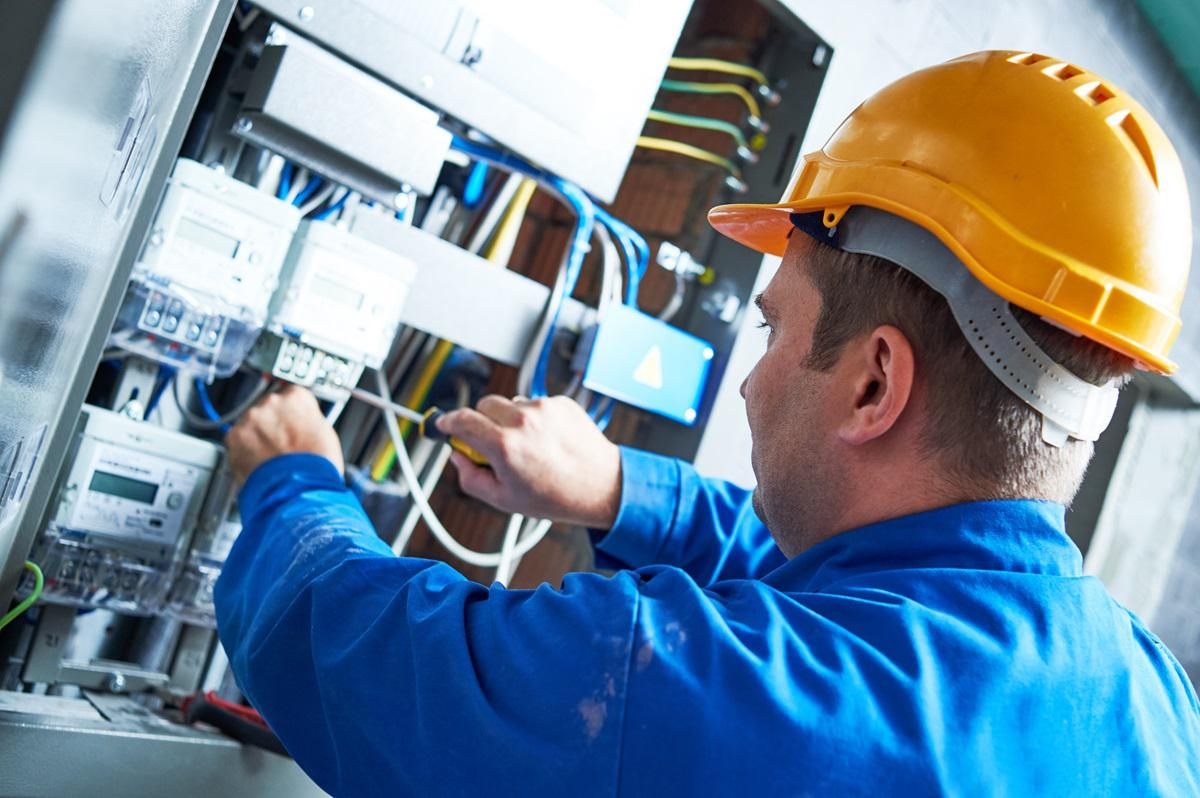Electrical Installation Essentials: Best Practices for Safe and Efficient Installations

Electricity, while a fundamental part of modern life, can be dangerous if not handled correctly.
Every year, NSW firefighters visit over 1,800 houses to put out fires caused by faulty electrical wiring. This figure accounts for roughly 40% of the annual house fires in all of NSW.
These statistics highlight the critical importance of following best practices during electrical installations.
While there's a certain satisfaction in tackling DIY projects around the house, electrical installation is best left to qualified professionals. Simple tasks like changing a light bulb are perfectly manageable, but venturing into more complex electrical installations requires a deeper understanding of electrical systems and safety protocols.
This expertise comes from years of dedicated training and experience, ensuring your project is completed not only efficiently but, more importantly, safely.
In this article, we’ll be discussing the best practices for safe and efficient installations.
Best Practices for Safe and Efficient Electrical Installations
The following elements have to be considered during any electrical installation to ensure optimal efficiency:
Safety Precautions
A well-functioning electrical system is the backbone of any comfortable home. However, achieving this comfort zone goes hand-in-hand with prioritising safety throughout the installation process.
Before introducing new devices or appliances to your electrical system, you have to understand its current capabilities. A pre-installation assessment involves a qualified commercial or residential electrician coming over to meticulously examine your existing wiring, outlets, and electrical panel.
This examination helps identify any weaknesses or limitations that could be overloaded by the new installation.
Just like overloading a circuit meant for a simple lamp with a high-powered appliance can lead to disaster, a proper assessment ensures your existing system can handle the additional electrical load safely, preventing overheating and potential fire hazards.
Wiring Techniques For Optimal Performance
Just like well-maintained roads ensure smooth traffic flow, correctly installed wiring ensures your appliances receive the power they need without overloading the system.
The size and type of wire determine how much electrical current it can safely carry. Homes in Australia typically operate on a 240-volt single-phase supply. This means the wires handle a higher voltage and come in different gauges (thicknesses) depending on their application.
Most appliances and outlets in Australian homes rely on circuits using 2.5mm² or 4mm² cables as per AS/NZS 3000. These can handle the electrical demands of everyday appliances.
Larger appliances like ovens, dryers, and electric car chargers require thicker cables (often 10-gauge or 8-gauge equivalents) due to their higher power consumption.
There’s also circuit design to factor in. Circuit design involves strategically distributing appliances across different circuits to ensure each circuit isn't carrying more current than it's designed for. This prevents overheating, and power outages, and also protects your appliances.
For instance, a dedicated circuit for your refrigerator (which runs constantly) makes more sense than sharing a circuit with your microwave (used sporadically).
A qualified commercial electrician will understand these distinctions and select the appropriate wiring to ensure that your home’s electrical system complies with the AS/NZS 3000 standards.
Equipment Selection And Installation For Diverse Needs
Ensuring electrical safety starts with choosing the right equipment. Look for items that carry the required SAA (Standards Australia) approval marking or equivalent certification.
This guarantees the equipment meets Australian safety standards set out in the AS/NZS 3820: Essential Safety Requirements of Electrical Equipment.
Australian regulations mandate the use of Residual Current Devices, RCDs in most circuits, particularly for wet areas like bathrooms and kitchens. RCDs offer similar protection against electrical shock by automatically tripping the circuit in case of a current imbalance.
Furthermore, you must ensure that your dimmers are compatible with the type of lighting you're using (e.g., incandescent, LED) to avoid flickering or damage. Select lighting fixtures with SAA approval or equivalent for peace of mind.
Electrical Codes and Standards
The AS/NZS 3000: Electrical installations (known as the Wiring Rules) serve as the foundation for electrical safety in Australia. This comprehensive document outlines detailed requirements for wiring methods, equipment selection and installation practices.
However, local municipalities often have their own electrical codes that supplement the AS/NZS 3000. These local codes might address specific regional concerns or incorporate stricter safety measures.
Certain areas of your home require extra attention when it comes to electrical safety due to their increased risk of moisture exposure. As mentioned earlier, the AS/NZS 3000 specifies the use of RCDs in these areas.
For instance, in outdoor areas like patios and balconies, the Wiring Rules emphasise the importance of using weatherproof equipment that is specifically designed to withstand the elements and minimise electrical hazards near water.
A commercial electrical installation expert will be familiar with both the AS/NZS 3000 and any applicable local codes, ensuring your installation adheres to all relevant regulations.
Also Read: Why Hiring a Professional Electrician Beats DIY Every Time







